Time Factors In The Stock Market
$15.20
| Author(s) | |
|---|---|
| Product Type |
Ebook |
| Format |
|
| Skill Level |
Intermediate to Advanced |
| Pages |
78 |
| Publication Year |
1937 |
| Delivery |
Instant Download |
Time Factors in the Stock Market by George Bayer is one of the rarest and most influential works in the early development of financial astrology and time-cycle forecasting. First published in 1937 by Lambert-Gann Publishing, this book explores the hidden relationship between planetary motion, numerology, and time measurement as applied to market movements.
Bayer, a contemporary of W.D. Gann, was renowned for his unconventional yet remarkably accurate forecasting techniques. In this masterpiece, he decodes the geometry of time—explaining how celestial alignments, orbital intervals, and mathematical vibrations correspond to market highs and lows. The book provides a fascinating blend of astronomy, geometry, and market science, outlining the rhythmic patterns that govern price behavior across years and decades.
With its original charts, planetary tables, and cyclic models, Time Factors in the Stock Market remains a cornerstone for serious researchers of astro-financial analysis. It offers insight into Bayer’s systematic method for predicting major market turns using measurable cosmic laws—a legacy that continues to influence cycle theorists and astro traders worldwide.
✅ What You’ll Learn:
- The time-based principles behind Bayer’s market forecasting techniques.
- How planetary movements and orbital ratios influence market timing.
- The role of numerology, vibration, and natural cycles in price behavior.
- Construction and interpretation of Bayer’s time-cycle charts.
- How to identify major market turning points using celestial harmonics.
- Insights into the early scientific foundation of Gann-style astro analysis.
💡 Key Benefits:
- Learn one of the earliest systematic methods of astro-financial forecasting.
- Understand how time and geometry interact to determine market rhythm.
- Replace random analysis with structured time-cycle projections.
- Gain access to the original 1937 concepts that inspired later Gann and Bayer disciples.
- Discover how to apply timeless astronomical ratios to modern markets.
👤 Who This Book Is For:
This book is essential for advanced traders, market historians, and astro-cycle researchers interested in the origins of time-based analysis. Perfect for those who study W.D. Gann, Sepharial, or Bayer’s esoteric approaches to predicting market cycles.
📚 Table of Contents:
- Introduction – The Nature of Time in Market Analysis
- Measuring Time Factors and Market Rhythm
- The Astronomical Foundation of Price Cycles
- The 144-Day and 360° Time Principles
- Planetary Motions and Vibrational Relationships
- Mathematical Ratios in Market Turning Points
- The Symbolism of Time and Its Market Application
- Building and Reading Time Charts
- Practical Forecasting Examples
- Concluding Notes on Time and Market Energy
Time Factors In The Stock Market By George Bayer
5 reviews for Time Factors In The Stock Market
Clear filtersOnly logged in customers who have purchased this product may leave a review.


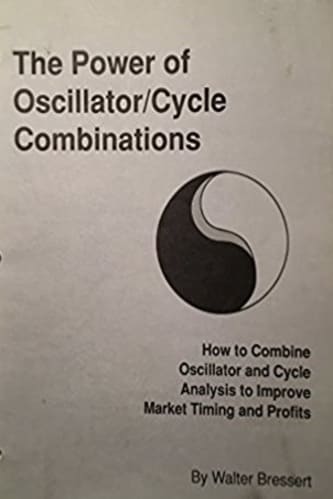
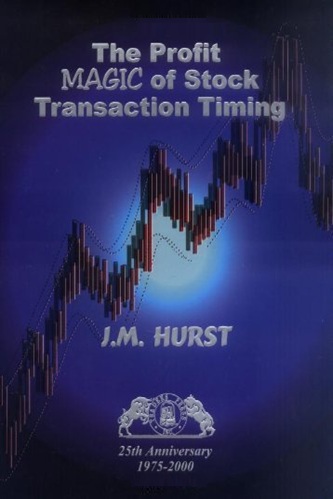
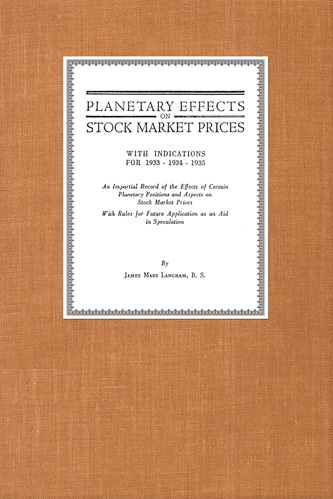
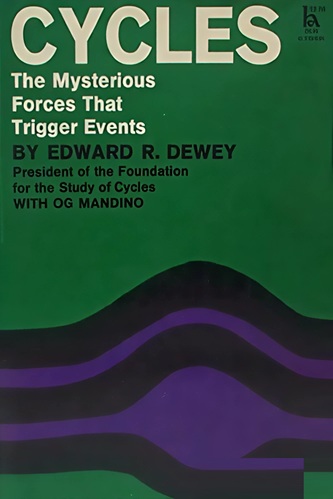
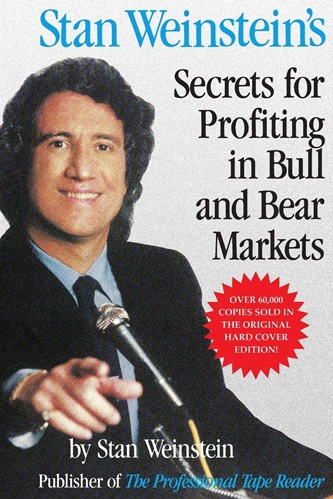

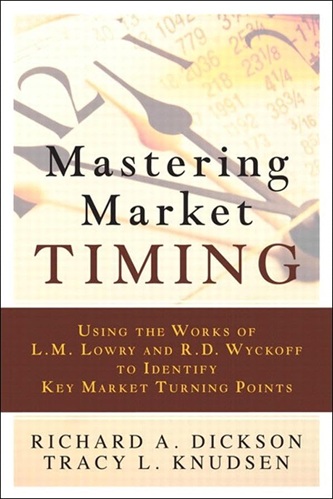
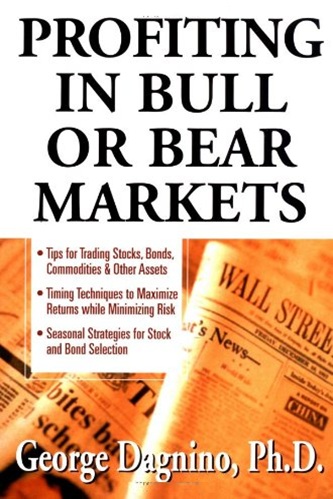
Crew Shaw (verified owner) –
Fundamental book. Everything Gann has left veiled, Bayer, his contemporary, explains precisely. Book for those who really want to understand.
Wayne Arellano (verified owner) –
good book
Violeta Meadows (verified owner) –
This non-traditional book on trading methods is based upon geometric techniques (which are always subject to potential scaling errors), numerology, and stock market astrology. Bayer’s ellipse method is perhaps the most useful system offered in this book, serving as somewhat as a trailing stop-loss indicator. However, Welles Wilder’s parabolic system is more rational and not subject to scaling problems.
Emersyn Logan (verified owner) –
Time Factors is an excellent introduction to the methods used by George Bayer. It lays the ground work principles in fairly simple terms which will assist in understanding his other works like ” Stock & Commodity Traders Handbook of Trend Determination”. The first part introduces his ideas and the second section gives details of 4 different systems of forecasting.
By the way, George Bayer was very proud of his market calling history and listed his major successes. His last market letter was titled “Forecast of markets for the month of March 1940”. It begins with “… I have told you about the fellow who used a watertight method from March 1933 to October 21st 1933 wherewith to catch each movement in stocks, but after that date the method just went flooey. A similar condition I am facing at this stage with my stock forecast. As you well know, my stocks forecast while not 100 percent right has been for many years hitting pretty well …” He then went on to re-iterate that his call for January had been wrong, he had previously corrected his call in the February letter, and in the last letter, ie. March 1940, he explained again how he could have got it wrong. The explanation was that ” … I saw immediately that the whole thing was a 100% turnaround face and that is that …”.
I think that this rather learnt man, an expert in many languages and maths, was rather humble. when he makes a mistake, he apologies but moves along. He had actually mentioned that he would finish writing. He seems to have produced his desired number of works as a an educational service to his clients and stopped.
Rocco Gould (verified owner) –
If your interested in forcasting the markets. This book will add to your knowledge and history of the field. The author was famous in his day for his ability to see the future of the markets along with W.D. Gann. If history and forcasting are your thing then this is one of the books to add to your collection. If your like me and you have every book on trading and forcasting for the last 200 years you will want to add it.